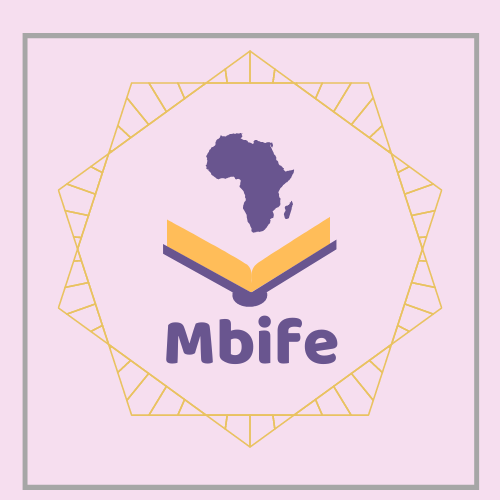Why are you brown?

We love Todd Parr books!
They are great for most ages and show characters in rainbow colors.
For us it seems like a great starting point to discuss other things.
My kids like most kids, do see color and difference and reflect on it
A few years ago, I was teaching kids aged 3 to 5.
One of the questions I often got was; ‘why are you brown’?
It may come across as a weird question but it isn’t really given my Swedish context.
For most of the adults around, I could feel their discomfort, it felt like warning bells were sounding off ..race related discussion coming up, oh oh.
I personally have no issue discussing the concept of race or ethnicity as social constructs , but I realized that:
A. Most people are uncomfortable discussing it
B. As a teacher I felt it was not a welcome discussion either
C. It is important to discuss at the right age level
I reflected on this for quite a while and still do….
If we teach about respecting nature, we talk about why the grass is green, why some people are vegetarian, why the sky is blue, then why is it so weird to explain why my skin is brown?
It seems extremely relevant now that I live in Sweden because in most circles having brown skin makes you the visible minority. For most of the kids I taught I was the first brown skinned person that they had such a close relationship with. And contrary to popular belief children notice these things.
Here is one conversation I had in class around lunch time when we is eating pasta with olives.
Child: “Emily are you black because you eat too many black olives”
Me: “nope, what made you think that”
Kid: “well you know flamingos are pink because they eat a lot of shrimp which are pink!”
Me: “that was smart thinking but no.”
At that point I wanted to explain that we are how we are, just like we are tall and some are short, but I never got the chance. Another teacher stirred the conversation away swiftly.
Another time a kid looked at me and my white Swedish male colleague and said.
“wouldn’t it be amazing if you were in love even though you are not the same in color”. She assumed that you could only love those who looked like you.

I wondered if kids felt that way when choosing who to play with, did they feel it was ok or not to play with someone who didn’t look like them?
There are so many creative questions and imaginings at that age, it seems like what is left unanswered may develop into ignorance, stereotype, prejudice etc. etc.
In my years teaching I have had the most curious questions and thoughts around my color and my hair. One little girl asked if I was "like the teddy bears brown everywhere but pink on my tummy, hands and feet".
I realized that because it is cold here, I am always covered up so they only see my hands and face most of the time, so in the summer I was little bit of a revelation.
It is hard to have these discussions at the appropriate levels and that is why books like
Todd Parrs - Its ok to be different can have such an impact.
I often told my little kids stories like the ones I was told as a child:
In the beginning of time everyone was brown, and we all looked the same and we were one family. Then there was a pool of water that was found and the first people that jumped into it came out pale skinned. The next people a little less pale and the next and the next. The last people that came sadly that the water was almost finished, so they dipped the palms of their hands and sole of their feel and only and that part of them became lighter.
And so, as a result we have a wonderful world of different shades of browns from the lightest to the darkest, but we remain the same, one family.
I use stories and books to address most issues with children, and I am constantly learning more. I wonder how you have these discussions with your kids?
Whatever you do, do not dismiss their questions. Address their curiosity and help it bloom, focusing on what makes us the same, rather than what makes us different.
Here is a link of Todd Parr reading the book so you can check it out click here


